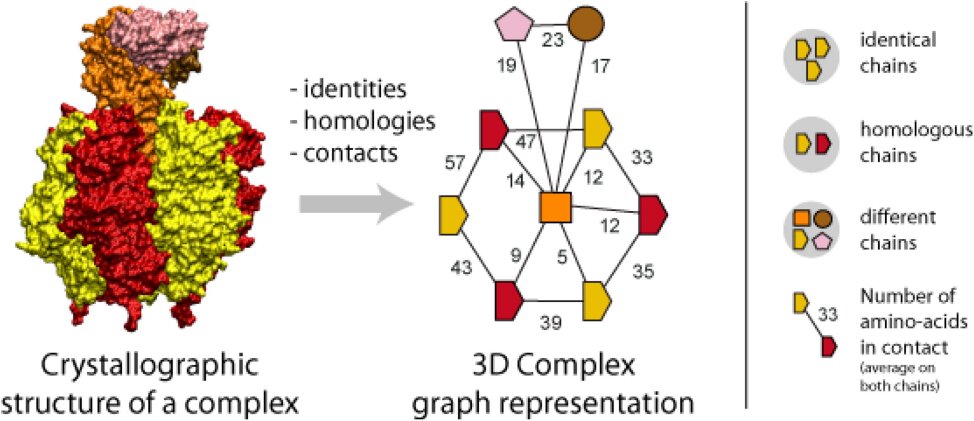
The more we learn about the universe, the more we see that it is a product of design. Indeed, for quite some time now, many scientists have recognized that the universe is finely-tuned for life. There are many parameters that govern how things happen in the universe, and they all have the characteristics of being just what they need to be for life to flourish. An electron, for example, is precisely as negative as the proton is positive, despite the fact that they are very, very different particles. If the charges were off by as little as one billionth of one percent, the resulting electrical imbalance in molecules would make even very small objects too unstable to form.1 The most obvious explanation for such fine-tuning is that the universe has been designed for life.
Now, of course, if you don’t want to believe that the universe is a product of design, you can offer any number of desperate alternatives. Perhaps we are just very fortunate. After all, if the universe weren’t designed for life, we wouldn’t be here to study it, so the very fact that we can discover these relationships tells us that the universe just happened to evolve into one that appears to be finely-tuned for life. You could also suggest that there are a ridiculously large number of universes out there. Most of them don’t have life, because they don’t have the proper parameters. However, if there are many, many universes, there’s a high likelihood that at least one will have all the right parameters, making it appear to be finely-tuned for life. You could also argue that there are actually a lot of combinations of parameters that might work for life; we just don’t know them. In that case, the universe’s apparent fine-tuning is an illusion.
While I think the scientific data clearly demonstrate that the universe is designed, I have always said that the most obvious case for design can be put forth by biology. Even the simplest life form on this planet is more complex and well-engineered than anything made by human technology, and most of the biological world makes our best inventions look positively crude by comparison. Well a reader (Victor Ferreira da Silva) sent me a paper in the secular, peer-reviewed literature that claims to have confirmed this fact.
In the Journal of Theoretical Biology, two mathematicians (one in Norway and the other in Sweden2 ) report:
Fine-tuning has received much attention in physics, and it states that the fundamental constants of physics are finely tuned to precise values for a rich chemistry and life permittance. It has not yet been applied in a broad manner to molecular biology.
They decide to do that, and their conclusion is very straightforward:
…fine-tuning is a clear feature of biological systems. Indeed, fine-tuning is even more extreme in biological systems than in inorganic systems. It is detectable within the realm of scientific methodology. Biology is inherently more complicated than the large-scale universe and so fine-tuning is even more a feature.
How did they reach that conclusion? They started with the molecules upon which life depends: proteins. Reviewing the scientific literature, they came to the conclusion that the chance of forming a functional protein is 1 in 100,000,000,000,000,000,000,000,000,000,000,000,000,000,000,000,000. However, they note that this is just the tip of the iceberg. Lots of proteins work together, forming groups that interact with one another in order to perform a specific chemical task. In the image at the top of the page, for example, a protein complex (left) is analyzed according to the interactions of the various proteins out of which it is composed. They say that even if you ignore the low probability of forming each individual protein, the probability of proteins forming so that they can interact in the observed way is also absurdly low. As a result, you have a ridiculously low probability that individual proteins can be produced by random chemical interactions, and an absurdly low probability that such randomly-produced proteins can form the complexes needed for life. This means the chance of such protein complexes forming as a result of random processes is (ridiculously low)x(absurdly low).
The authors perform a similar analysis on the way multiple cells interact to form cellular networks. Once again, they come to the conclusion that the probability of cells forming these networks through random interactions is exceedingly low. As a result, they say that the best explanation for how these systems exist is that their parts are finely-tuned to one another. The probabilities indicate that this fine-tuning is more extreme than what is seen in the parameters that govern the universe as a whole.
It will come as no surprise that I agree with the authors’ conclusions. However, what pleased me the most was how much the authors referred to works from the Intelligent Design community. Studies by Dembski, Behe, Ewert, and Axe are all referenced. In fact, they use the term “Behe-system” to refer to a system
…composed of several well-matched, interacting modules that contribute to the basic function, wherein the removal of any one of the modules causes the system to effectively cease functioning.
They even reference the works of young-earth creationist John Sanford.
Of course, they also reference the works of staunch anti-Intelligent Design people, such as Miller, Koonin, Pallen, and Matzke, as they should. Nevertheless, it is really good to see that the works of creationists and Intelligent Design advocates are starting to positively influence the secular scientific literature.
NOTES
1. George Greenstein, The Symbiotic Universe, (William Morrow: New York, NY, 1988) pp.64-65.
Return to Text
2. Note that neither of these mathematicians is in the United States, which demonstrates just how wrong Bill Nye is when he says that denial of evolution is unique to the United States.
Return to Text

I tried to think something to say to complement your article but I found nothing, for now.
Very good article!
God Enlighten you!
Thanks for sending me the paper!